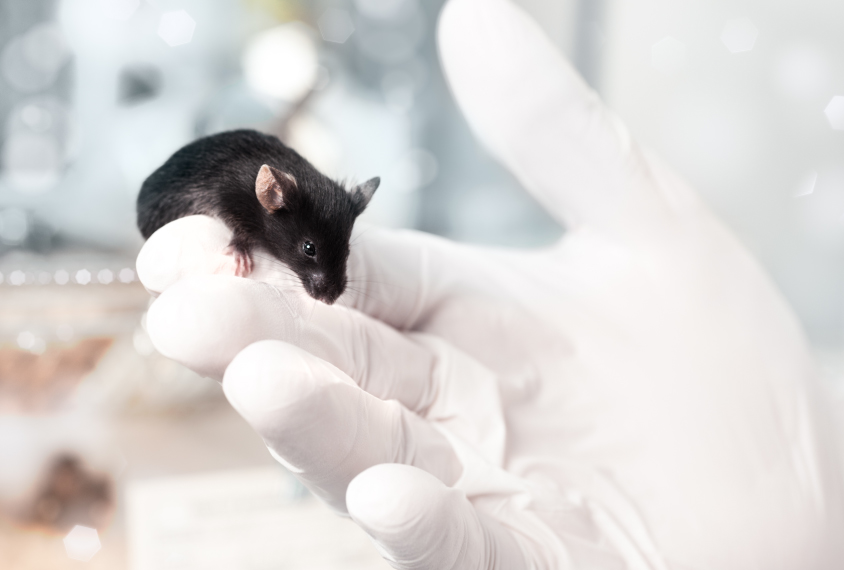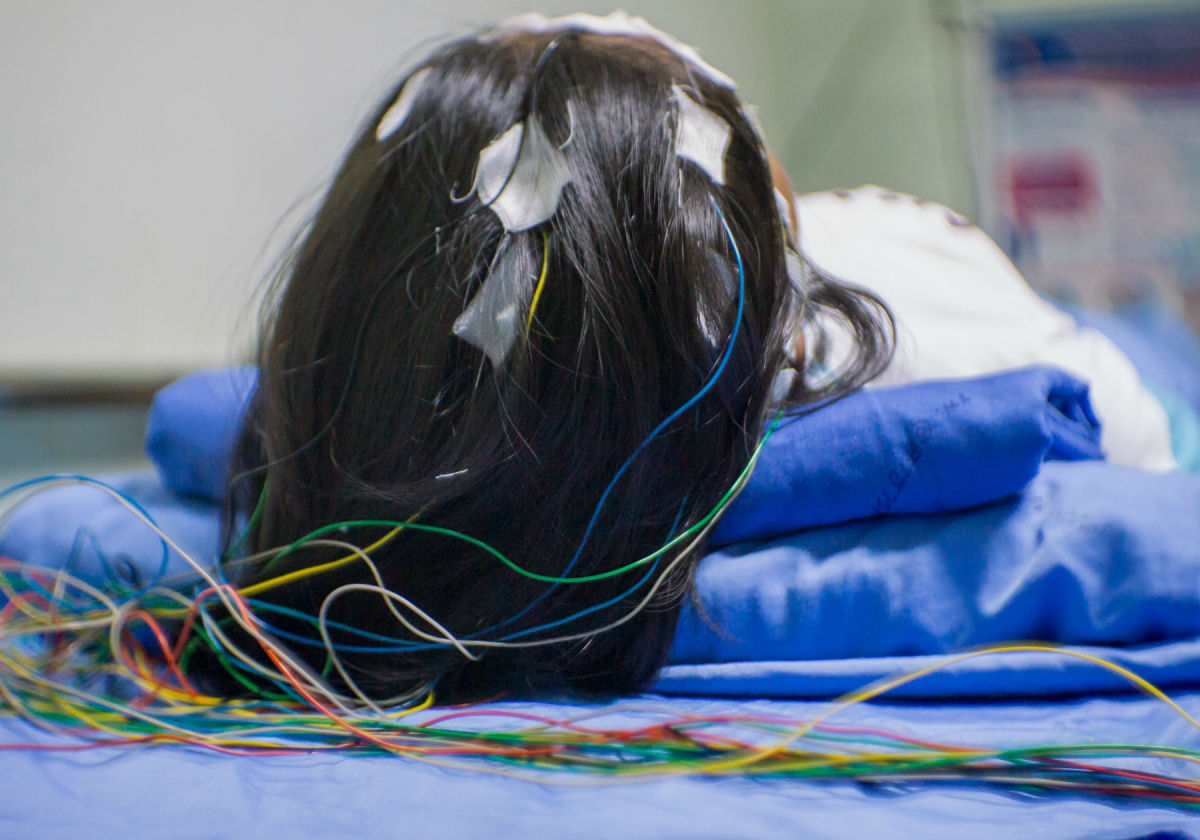
Jessica Wright, 11/4/2018
Mice lacking one copy of a gene linked to autism are small and show striking changes in the number and quality of their cries, according to unpublished new findings.
Mutations in the gene, called HNRNPU, lead to a syndrome characterized by severe intellectual disability, language deficits and seizures. In the past year, the gene has also emerged as an autism candidate.
HNRNPU is known to bind the cellular machinery that transcribes genes. The new findings suggest that it may help the machinery stay attached to long genes. Genes expressed in neurons, and particularly those linked to autism, tend to be especially long.
The results may help explain why HNRNPU mutations strongly affect the brain, says Sarah Dugger, a graduate student in David Goldstein’s lab at Columbia University. Dugger presented the preliminary findings yesterday at the 2018 Society for Neuroscience annual meeting in San Diego, California.
“HNRNPU is ubiquitously expressed, it’s abundant, so why is it that this gene that’s expressed in pretty much every cell of your body is causing a very severe neurodevelopmental phenotype out of all potential phenotypes?” Dugger says.
Lengthy matters:
The researchers created mice with a single copy of HNRNPU. The mutants are much smaller than controls, and many of the females die by 10 days of age. When separated from their mothers nine days after birth, the mutants cry out significantly less and with strikingly shorter vocalizations than controls do.
“Their vocalization deficit is so huge it was basically wiped out,” says Mu Yang, director of the Mouse NeuroBehavior Core at Columbia University, who analyzed the mice’s behavior. Their lack of cries may have contributed to their shorter lifespan, as pups typically call out to their mothers asking to be fed, she says.
Female mutants that survive seem to show little maternal behavior, Dugger says, based on preliminary observations.
The mutants do not have spontaneous seizures as people with the mutation do. However, they have a lower seizure threshold than controls do.
The researchers isolated single neurons from the mice and grew them on a plate studded with electrodes. These electrodes capture the neurons’ firing patterns as the neurons grow and connect to each other.
Neurons from the hippocampus of mutant mice fire at a higher rate than those from controls. Neurons from the cerebral cortex don’t show this difference, suggesting that seizures in people with the mutation may originate in the hippocampus.
The team also sequenced RNA from single cells in the mutant mice. They looked at gene-expression patterns in neurons that stimulate brain activity and those that inhibit it.
Hundreds of genes in the mutants show alterations in expression compared with controls, the team found. In both types of neurons, more genes show a drop in gene expression rather than a rise. These genes tend to be expressed in neurons and include those known to be involved in intellectual disability and epilepsy. (Dugger and her colleagues have not analyzed data for autism genes.)
The longer the gene, the more pronounced the dip in gene expression, Dugger says. Having too little HNRNPU may make it more difficult for the cell to transcribe long genes, she says.
A study published earlier this year implicates FMRP, another gene linked to autism, in the production of large proteins.
For more reports from the 2018 Society for Neuroscience annual meeting, please click here.
Source: https://www.spectrumnews.org/news/new-mouse-model-shows-brain-effects-autism-gene/

